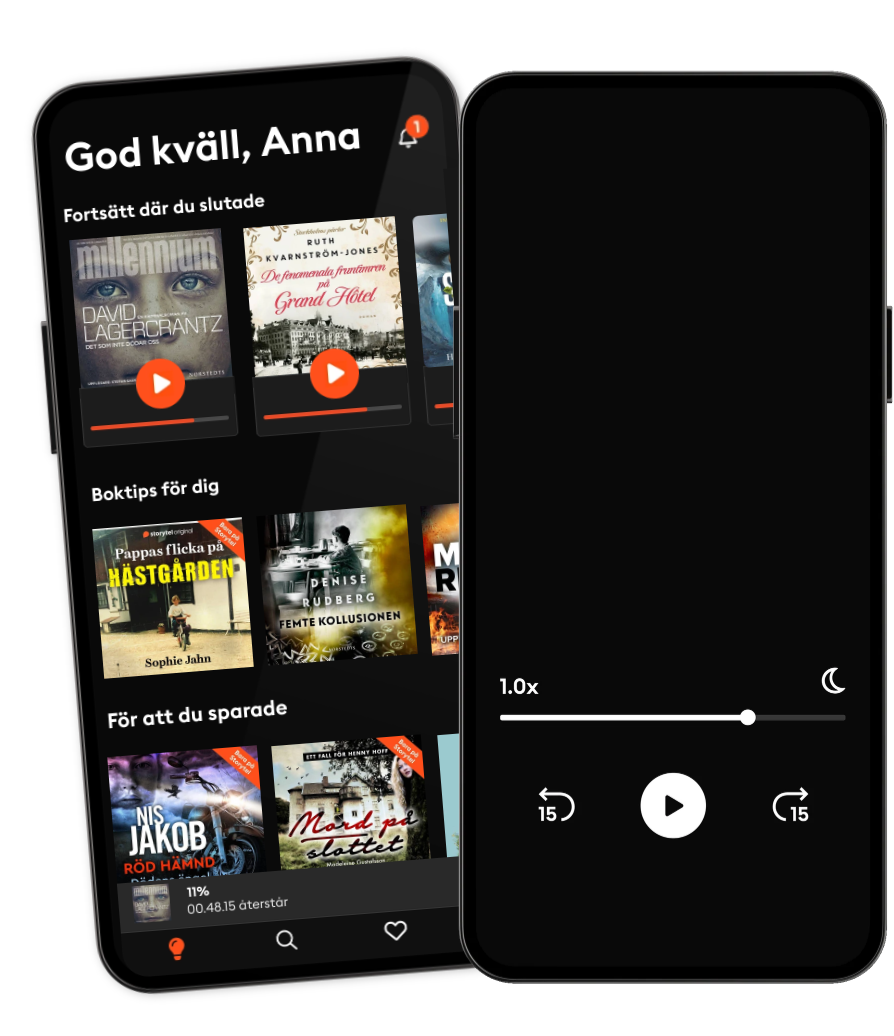Lyssna när som helst, var som helst
Kliv in i en oändlig värld av stories
- 1 miljon stories
- Hundratals nya stories varje vecka
- Få tillgång till exklusivt innehåll
- Avsluta när du vill

How Comics Are Made: A Visual History from the Drawing Board to the Printed Page
- Av
- Förlag
- Språk
- Engelska
- Format
- Kategori
Fakta
“No one, before now, has written a history of the comic strip as a technological artifact—not, at least, in such depth, and on such a sound foundation of research.” – Michael Chabon, author, The Amazing Adventures of Kavalier & Clay
If you love comics, you’ll love this visual history of comic strips featuring all of the methods, techniques, and wizardry that made the funny pages such an important staple of American life. Featuring interviews with dozens of the century's most famous cartoonists and hundreds of rare archival images.
How Comics Are Made covers the entire history of newspaper comics from a unique angle—how they were made and printed. This book combines years of research and dozens of interviews with cartoonists, historians, and production people to tell the story of how a comic starts with an artist’s hand and makes it way through transformations into print and onto a digital screen. You’ll see reproductions of art and artifacts that have never appeared in print anywhere, and some historic comics will appear for the first time ever in any medium in this book. And you’ll find out about metal etching, Dragon’s Blood (a real thing), flong (also a real thing), and the massively, almost impossibly complicated path that original artwork took to get onto newsprint in the days of metal relief printing.
The book is divided by time and transitions, from the start of consistently appearing daily and weekly comics in newspapers:
The Early Days: • From the Yellow Kid in the 1890s to the 1910s Syndication in Metal: • When it became affordable to make hundreds or thousands of copies of daily strips to send around the country (or world), from the 1910s to 1970s Flatland: • Newspapers’ switch from relief to flat printing and the shift to purely photographic transformations from the 1950s to the 1980s Pixel Perfect: • The transition from photographic to digital, from scanning to digital creation, from the 1970s to 2000s and through the present day Webcomics and Beyond: • Look, ma, no ink! Digital comics read online and sometimes put on press to make books
Each section features interviews with artists, reproductions of original cartoon art, printing and coloring artifacts, and the way cartoons appeared in print—or on screen.
© 2025 Andrews McMeel Publishing (E-bok): 9798881604462
Utgivningsdatum
E-bok: 3 juni 2025
Taggar
Andra gillade också ...
- The Perks of Being a Wallflower Stephen Chbosky
- Exposure: Poisoned Water, Corporate Greed, and One Lawyer's Twenty-Year Battle Against DuPont Robert Bilott
- How to Prepare for Climate Change David Pogue
- The Cabinet of Dr. Caligari vol 1 G. B. Royer
- Freud Anthony Storr
- Living and Dying with Marcel Proust Christopher Prendergast
- The Extended Mind: The Power of Thinking Outside the Brain Annie Murphy Paul
- Ovid: A Very Short Introduction Llewelyn Morgan
- The Enormous Room E.E. Cummings
- The (Almost) Zero-Waste Guide: 100+ Tips for Reducing Your Waste Without Changing Your Life Melanie Mannarino
- Väninnorna på Nordiska Kompaniet Ruth Kvarnström-Jones
4.1
- Livvakten Dag Öhrlund
3.8
- Den högra handen Peter Nyström
4
- Rymningen Leffe Grimwalker
4.2
- De fenomenala fruntimren på Grand Hôtel Ruth Kvarnström-Jones
4.5
- Killer Queen Denise Rudberg
4
- Sömngångaren Lars Kepler
4.2
- Outsider Leffe Grimwalker
4.4
- Gehenna Jesper Ersgård
4.1
- Död mans kvinna Katarina Wennstam
4.3
- Ingen Pascal Engman
4.2
- Läkarens fru Daniel Hurst
3.7
- Rov Dag Öhrlund
3.7
- Benådaren Viveca Sten
4.1
- Hembiträdet Freida McFadden
4.2
Därför kommer du älska Storytel:
1 miljon stories
Lyssna och läs offline
Exklusiva nyheter varje vecka
Kids Mode (barnsäker miljö)
Premium
Lyssna och läs ofta.
1 konto
100 timmar/månad
Exklusivt innehåll varje vecka
Avsluta när du vill
Obegränsad lyssning på podcasts
Unlimited
Lyssna och läs obegränsat.
1 konto
Lyssna obegränsat
Exklusivt innehåll varje vecka
Avsluta när du vill
Obegränsad lyssning på podcasts
Family
Dela stories med hela familjen.
2-6 konton
100 timmar/månad för varje konto
Exklusivt innehåll varje vecka
Avsluta när du vill
Obegränsad lyssning på podcasts
2 konton
239 kr /månadFlex
Lyssna och läs ibland – spara dina olyssnade timmar.
1 konto
20 timmar/månad
Spara upp till 100 olyssnade timmar
Exklusivt innehåll varje vecka
Avsluta när du vill
Obegränsad lyssning på podcasts
Svenska
Sverige